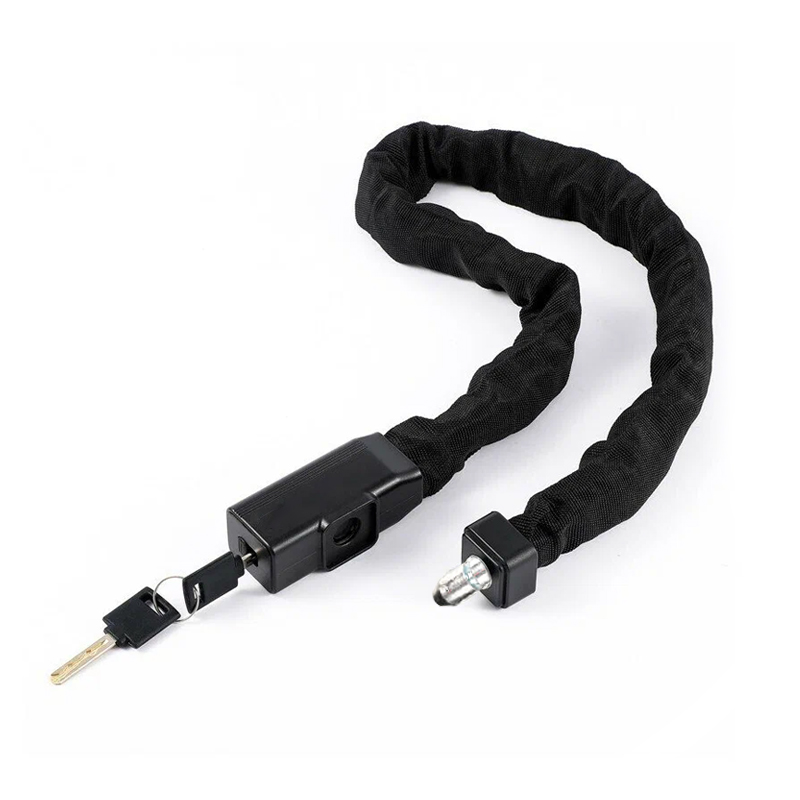1. Brake Pad Material
The material of the brake pads of Portable Lock Body Integrated Disc Brake Lock is a key factor affecting wear resistance. Generally speaking, brake pad materials can be divided into metal-based, non-metal-based (such as organic materials, ceramic materials) and composite materials.
Metal-based brake pads: have higher hardness and wear resistance, but may generate more noise and dust, and may also cause greater wear on the brake disc.
Non-metal-based brake pads: such as organic materials and ceramic materials, usually have lower noise and dust generation, and less wear on the brake disc, but the wear resistance may not be as good as metal-based brake pads.
Composite brake pads: combine the advantages of metal and non-metallic materials, aiming to provide higher wear resistance, lower noise and dust generation, and less wear on the brake disc.
For portable lock body integrated disc brake locks, their brake pads may be made of one or more composite materials of the above materials to ensure that they have good wear resistance and comfort while providing sufficient braking force.
2. Manufacturing process
The manufacturing process also has an important impact on the wear resistance of the brake pads. High-quality manufacturing processes can ensure that the brake pad material is evenly distributed and densely structured, thereby improving its wear resistance and service life. In addition, the manufacturing process also includes processes such as heat treatment and surface treatment of the brake pad, which can further improve the hardness and wear resistance of the brake pad.
3. Use conditions
Use conditions are also an important factor affecting the wear resistance of brake pads. For example, frequent heavy loads, high-speed driving, emergency braking, etc. will accelerate the wear of brake pads. In addition, the state of the brake disc, the cleanliness of the brake system, and the driver's driving habits will also affect the wear resistance of the brake pad.
4. Wear resistance evaluation
In order to evaluate the wear resistance of brake pads, a series of experiments and tests are required. These tests may include braking tests that simulate actual use conditions, material hardness tests, friction coefficient tests, etc. Through these tests, the wear resistance and service life of the brake pads can be objectively evaluated.

 English
English русский
русский Español
Español عربى
عربى











